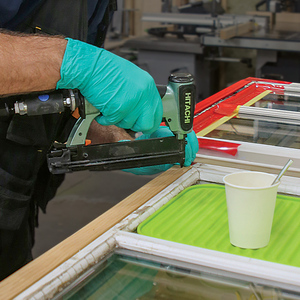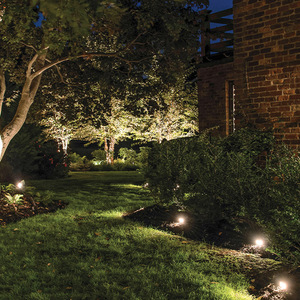I have a concrete front step that is scaling and pitted due to salt in winter. The pits are shallow. What’s the best way to repair this?
Discussion Forum
Discussion Forum
Up Next
Video Shorts
Featured Story

Old masonry may look tough, but the wrong mortar can destroy it—here's how to choose the right mix for lasting repairs.
Highlights
Fine Homebuilding Magazine
- Home Group
- Antique Trader
- Arts & Crafts Homes
- Bank Note Reporter
- Cabin Life
- Cuisine at Home
- Fine Gardening
- Fine Woodworking
- Green Building Advisor
- Garden Gate
- Horticulture
- Keep Craft Alive
- Log Home Living
- Military Trader/Vehicles
- Numismatic News
- Numismaster
- Old Cars Weekly
- Old House Journal
- Period Homes
- Popular Woodworking
- Script
- ShopNotes
- Sports Collectors Digest
- Threads
- Timber Home Living
- Traditional Building
- Woodsmith
- World Coin News
- Writer's Digest


















Replies
There are a number of concrete patching compounds that will do a fairly good job on this sort of thing. They generally include an additive (often as a separate liquid you add to the mix) that improves bonding and allows a degree of "feathering" of the patch. (Standard "concrete patch" mixes will be deficient in both areas.) I've used a patching cement from Ankota with reasonably good results.
However, the patched areas will end up with a different color and texture from the rest of the concrete. If this is a problem for you you can paint or "parge" the entire set of steps to even out the appearance. (It's probably a good idea to let the initial patch "weather" for a few weeks first, though.)
Be sure to remove any loose material before beginning the patch. It's also often a good idea to wash the area with an acid wash before patching. Most patching compounds (read instructions) will recommend that the surface be damp before you start patching.
I've used Bondo (car patching compound) for patching shallow problems with concrete with better results that any of the cementitious patching compounds i've used because it feathers very well, it's way cheaper, and it hardens more quickly to be usable sooner. It can be tinted with universal colors for the right shade. Mix colorant well in the substrate before adding the catalyzer; you will need a bit more catalyzer for it to go off at the same rate. Practice first if you haven't used it bec it hardens extremely fast once it starts. Do it when it's cool and in the shade, if possible, for the same reason, and your concrete should not be wet.
Another nice thing about using Bondo is that it's more sandable than concrete patch, so you can hit your steps with a belt sander afterward and have only small dots of Bondo showing. You could be done with the job in an hour. It is also paintable right away, unlike cementitious products, if you go that route to deal with the color shift.